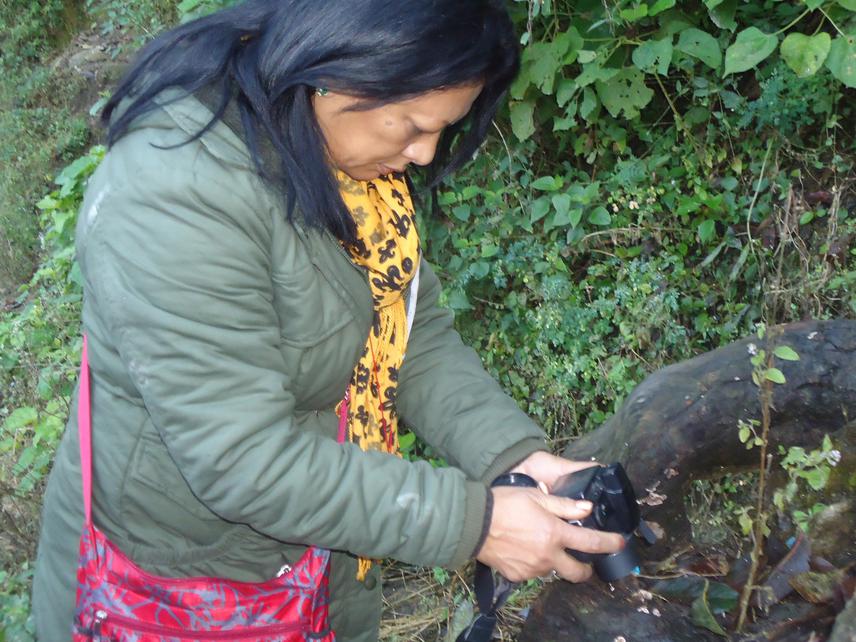Nirmala Pradhan
Other projects
26 Jul 2011
Approach to Determine the Diversity and Conservation Status of Bryophytes in Northern Sindhupalchok District of Nepal
12 Mar 2014
Study on the Bryofloral Diversity, their Current Status and Conservation Issues in Central and South-Eastern Region of Sindhupalchok District, Central Nepal
This work aims to explore out the existing biodiversity of Panch Pokhari before tourism promotional activity is established here under broader way. Local community will be motivated in conservation work, rare and endangered flora and fauna will be prioritized into the protected list of the country.

This proposed study site called Panch Pokhari of Sindhupalchok district has been judged to be a potential tourist’s destination in Nepal and is under the process of its development widely for tourism promotional activities. No complete work has been done yet in this place to document existing floral and faunal components which are rare and interesting and are sheltered safely in their natural environment condition.
The area of Panch Pokhari is located at 4000 m of elevation in central Nepal and keeps special significances to Buddhist and Hindu followers who visit here annually to take their holy bath and worship in the sacred lakes present here. This place is facing problem of illegal hunting by poachers besides unlawful harvesting of rare medicinal herbs present here.
This proposed work has been aimed to document existing biodiversity in this part and to run community based conservation education to local communities so to increase their ability in conserving biodiversity of their area. The community of the adjoining village of Panch Pokhari will be supervised frequently to support to their conservation activities and to maintain existing natural ecosystem in good standing.
Our main target is to develop this place an excellent conservation area in the country. The effective conservation and tourism promotional schemes in this part may raise the socio-economy of the local peoples and also can bring good revenues to Nepalese Government.
The components of biodiversity will be recorded with photographs. The unidentifiable invertebrate specimens in the field will be collected for further investigation in Kathmandu. The unidentified flora will be prepared into herbaria for future identification work. Other components will be studied with the help of field guides and relevant literatures. For status assessment of flora and fauna, the IUCN Red List, CITES Appendices and Government documents will also be considered besides our field data.
This work may come up with substantial data which can be utilized to protect the habitats of many rare, threatened and endangered flora and fauna for a long lasting period. This result can be recommended to the Nepalese Government to include threatened and endangered biodiversity species in their protected list and Conservation Action Plan. Conservation Education is believed to bring effective conservation awareness among the local communities of this place. Once the study is completed the future conservation follow up can be made easy by monitoring the degree of habitat alteration from the period of baseline study (this work).